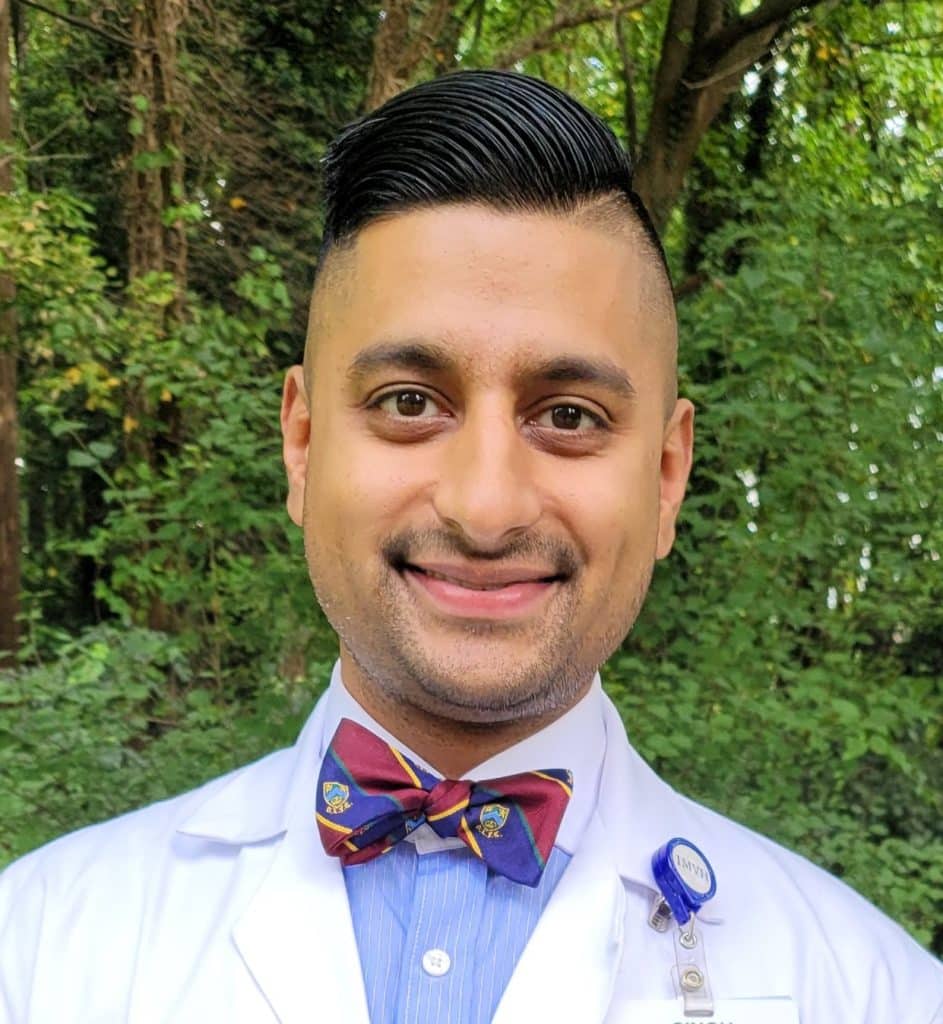Oncology is the study of cancer. An oncologist is a doctor who treats cancer and provides medical care for a person diagnosed with cancer. An oncologist may also be called a cancer specialist.
The field of oncology has 3 major areas based on treatments: medical oncology, radiation oncology, and surgical oncology.
Medical oncologists treat cancer using medication, including chemotherapy, immunotherapy, and targeted therapy.
Radiation oncologists treat cancer using radiation therapy, which is the use of high-energy x-rays or other particles to destroy cancer cells.
Surgical oncologists treat cancer using surgery, including removing the tumor and nearby tissue during a operation. This type of surgeon can also perform certain types of biopsies to help diagnose cancer.
There are also medical terms for oncologists who specialize in caring for specific groups of patients or groups of cancers.
(cancer.net)
As oncologist we help manage you through the diagnosis and make sure the right parties are involved in your care.
Our main tool is the medication aspect of your treatment
An analogy I like to use, albeit sports related, we are the “quarterback” of your team.
An oncologist manages a patient’s care throughout the course of the disease. This starts with the diagnosis. Their role includes:
Recommending tests to determine whether a person has cancer
Explaining a cancer diagnosis, including the type and stage of the cancer
Talking about all treatment options and your treatment choice
Delivering quality and compassionate care
Helping you manage symptoms and side effects of cancer and its treatment
(cancer.net)
We determine if treatment in the method of medications are needed.

